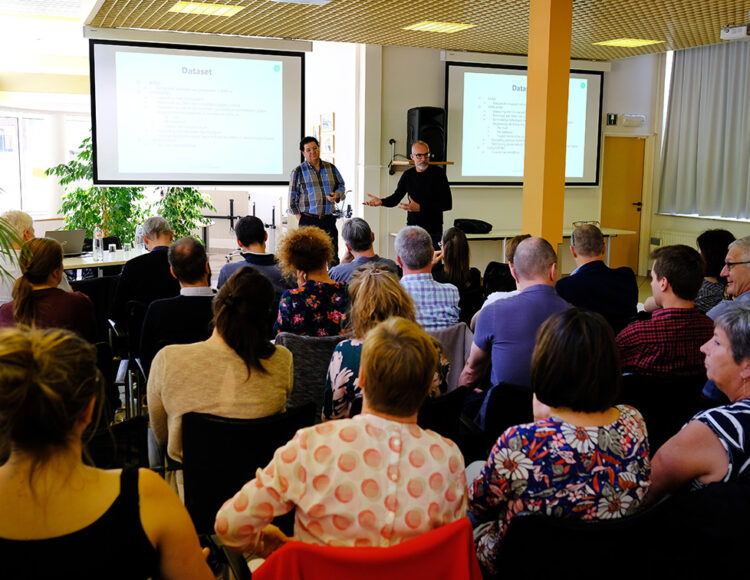What is ASTER? ASTER is a special purpose company which will manage and finance investment programmes which tackle energy poverty. Social tenants will be enabled to reduce energy use and to access the benefits renewable energy. It’s a cross sector initiative led by the social housing sector. One of the main motivators of ASTER is that financing is sustainable i.e. does not count on the public budget. It therefore avoids political discussions, particularly relevant in Belgium, about who should pay for the energy transition.
By James Thorogood, ASTER ELENA Project Manager at VVH
ASTER’s first investment programme is the retrofit of existing social housing with solar panels. Tenants will benefit from minimum 20% net saving on their energy bill. Investments are re-payed as a proportion of the gross saving which the tenant receives. This is the so named ‘split-incentive’ model.
How did ASTER come into being?
Due to the maturity of the residential solar market, there was a lot of demand from the social housing companies in Flanders to enable tenants to benefit from the savings which solar offers. VVH had set up a working group to lay the groundwork such that the split incentive model could be used for social housing companies to get investment programmes off the ground quicker.
During this time the European Commission changed the eligibility requirements for ELENA Project Development Assistance, part of the H2020 programme managed by the EIB. Housing Europe publicised the programme and we decided to put in an application.
Cut a long story short, we put in an application and won the grant. I think three main factors were important here: first that VVH had a very clear straightforward view of ASTER and the solar investment programme; second that the VVH could mobilise the necessary political support; third, and this is not to be underestimated, the ELENA team (notably Louise White, our main contact) were incredibly helpful in developing and improving the application. The EIB effectively lead you through the process, they ask lots of questions, but this improves the planning for your investment programme.
What will you do with the grant?
We’ll use it to pay for all the preparatory activities, such as hiring staff, and experts to lay the groundwork and to manage implementation. The VVH headcount has increased by three people, adding to our marketing and project management capacity. We’ve hired in an energy expert, EnBRO to audit the buildings for solar integration, come up with business models. We’ve hired a lawyer specialist in PPP constructions, Equator to establish the special company ‘ASTER’ to manage and finance the programme.
Challenges / Risks
The demand for the solar investment programme is very high. We’ve had over 75% attendance at our recent information events. One of the challenges is that companies insist on realising the principle of solidarity in programme implementation i.e. that all tenants access the benefits of renewables integration. The Renewable Energy Directive II due to be implemented in members states June 2021 will make it much easier from a regulatory perspective to realise this principle in practice. Neighbourhoods will be able to come together to produce, sell, and distribute energy in a way they can’t at the moment. So while realising the principle is a challenge I think it’s a huge opportunity, to bring communities together via renewable energy, and, moreover, for social housing to lead on this. We are very well placed to bring the right set of actors together to make this a reality.

 Gerald Van Rafelghem (78)-275x275.jpg)